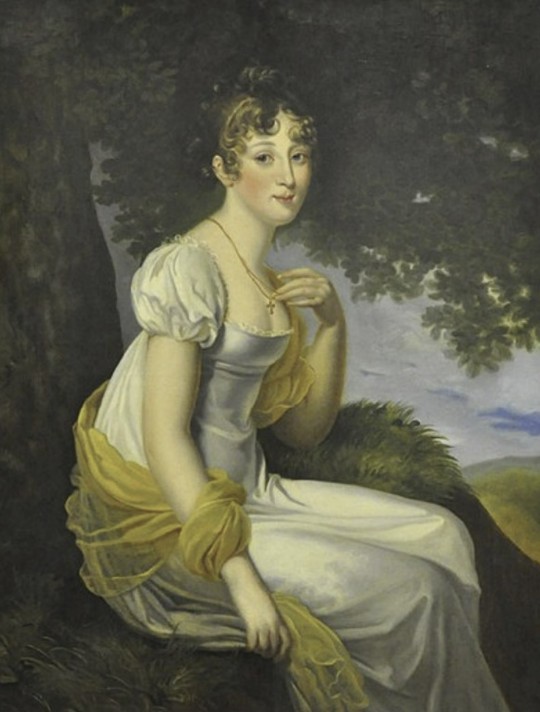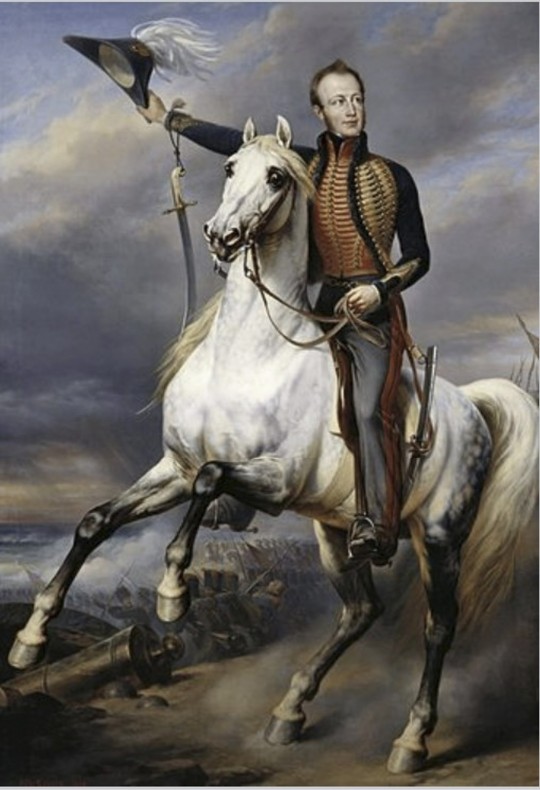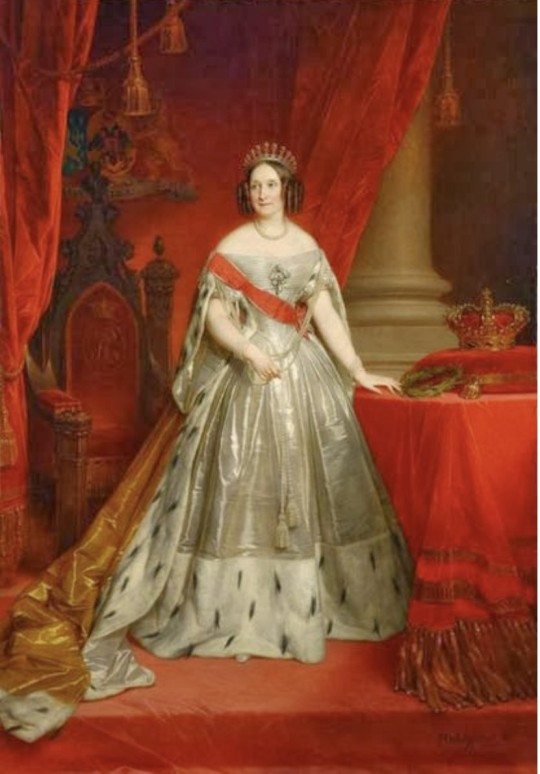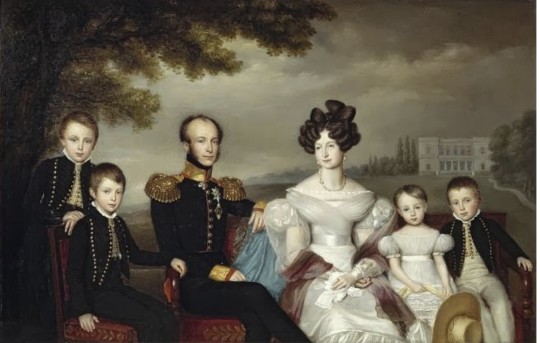#grand duchess of saxe-weimar-eisenach
The Grand Duchesses: The daughters of Tsar Paul I: Part V: Grand Duchess Anna Pavlovna (1795 - 1865)
Grand Duchess Anna Pavlovna was the eighth child and sixth daughter of Emperor Paul I. She was born after Paul’s seventh child and fifth daughter, Grand Duchess Olga Pavlovna; Olga did not live past her third year.
Anna received a good education. Because she was raised with her brothers, Michael and Nicholas, to whom she was closest in age (she would remain close to the future Nicholas I all her life), her education was broader than that of her other sisters. Like several of her sisters, Napoleon considered Anna a marital prospect. The Romanovs were intent on Napoleon not marrying into the Russian Imperial family. Anna’s mother delayed her response until Napoleon’s interest in Anna faded (and he turned it to Austrian Archduchess Marie Louise, whom he eventually married.)


Anna was an excellent dynastic match as well as beautiful and intelligent. After considering several illustrious matrimonial prospects (the prospective Bourbon heir, the Duc de Berry, and the British Duke of Clarence), her brother Tsar Alexander I arranged her marriage to William of Orange, who would later become King William II of the Netherlands (making Anna his Queen.) She married William at the Winter Palace in Saint Petersburg. Her dowry was one million rubles.
The couple remained in Russia for one year before leaving for the Netherlands (her governess accompanied her.) Anna had problems adjusting at first, and although she came to enjoy her life in Brussels, where the nobility liked her, she always considered herself, first and foremost, a Russian Grand Duchess. She always believed she had married beneath her station. Hot-tempered and seen as elitist, Anna lamented that she could not have remained in Russia, which she visited frequently.

Her only political role as the crown princess was mediating between her husband and his father. She considered her role as a royal woman to be predominantly in charity and was very involved and successful. She founded a charity commission and a school in needlework for poor women and girls and gave financial contributions to the Anna Paulowna and Sophia schools. After the death of her mother-in-law in 1837, she took over the protection of the charity “mother foundations.” She founded a hospital in The Hague for wounded soldiers, whom she visited regularly.


As Queen, she would never be popular and remained distant from the public; however, because she greatly valued court etiquette and ceremony, the Dutch court reportedly acquired more “royal allure” during her tenure.

Anna’s marriage was stormy; her husband was unfaithful. However, she always supported him in public. They had five children: William (on whom she focused her attention as the heir and who she unsuccessfully tried to dominate), Frederick Henry, Alexander (her favorite), and Sophia (who would eventually be the Grand Duchess of Weimar-Eisenach). She was a devoted mother. Anna eventually separated from her husband. Despite this, she continued to advise him and acted as his Queen Consort.



Anna Pavlovna died from a respiratory ailment. On the death of her husband in 1849, Anna was bereft and found it hard to come to terms with the loss of her official standing. She suffered financial difficulties as queen dowager and lived in quiet seclusion, constantly clashing with King William III and her daughter-in-law.


Post link

